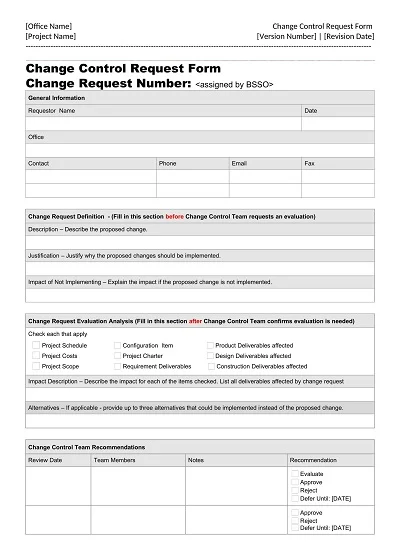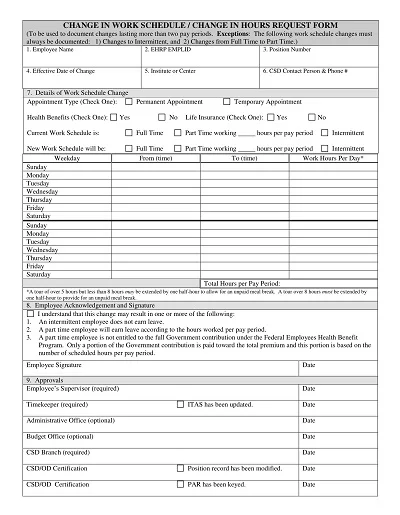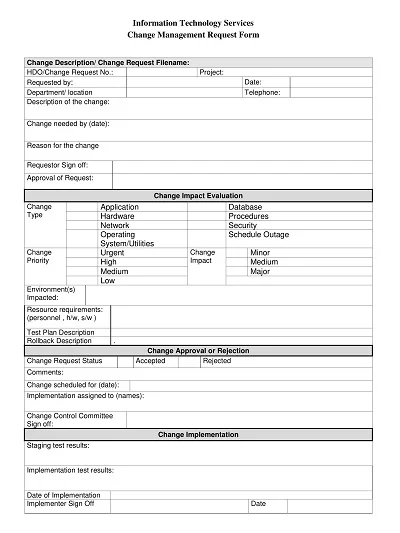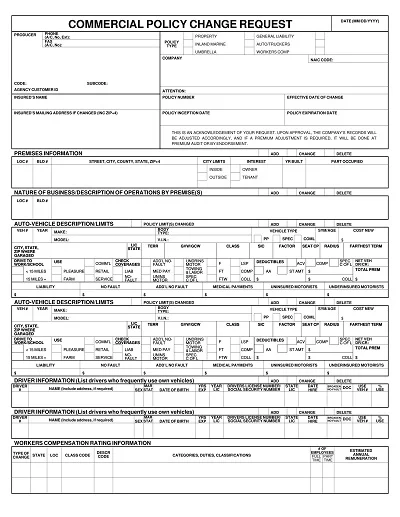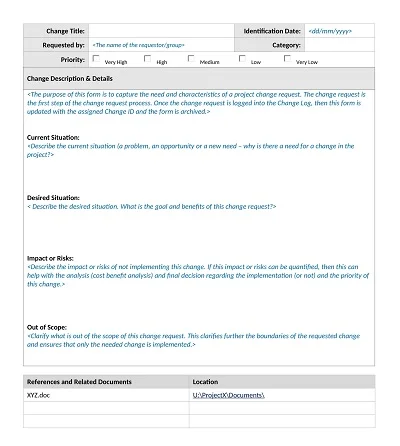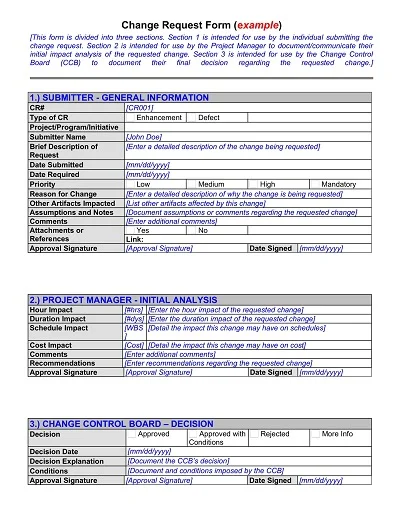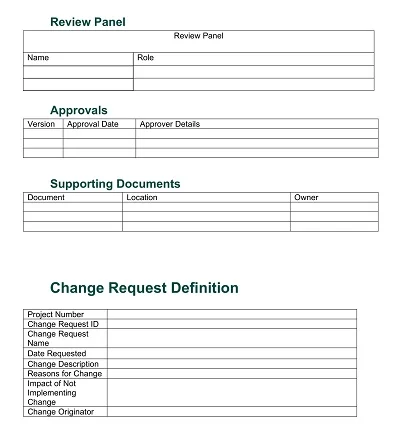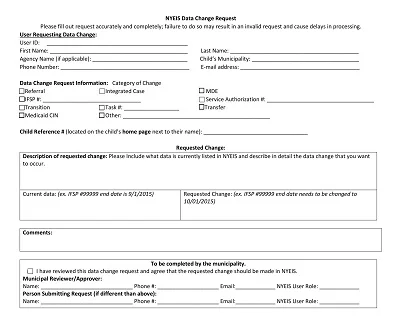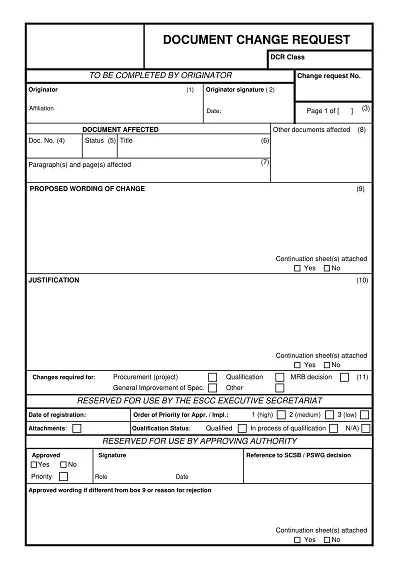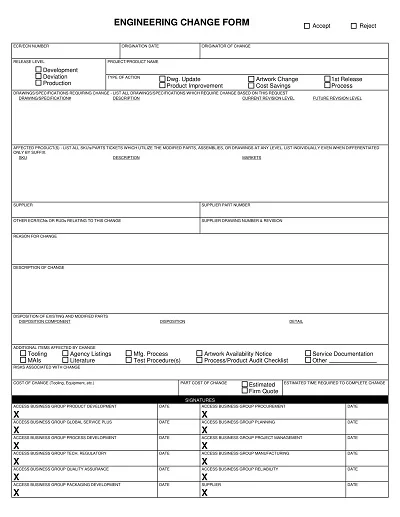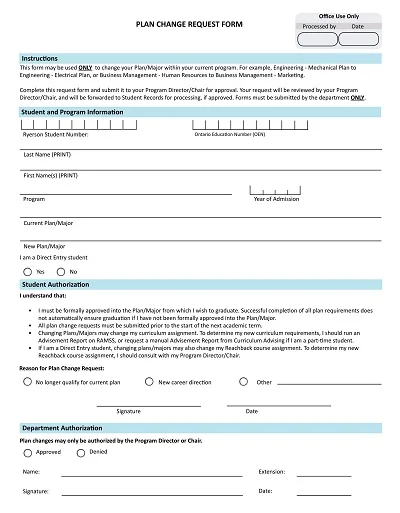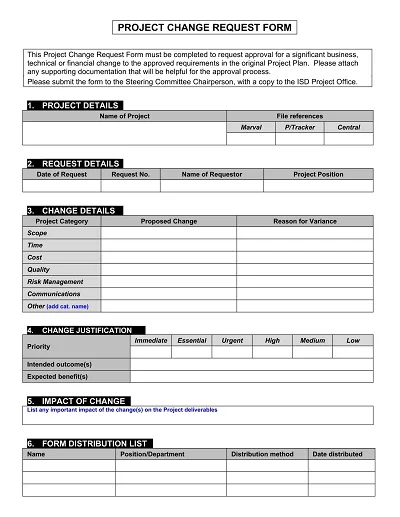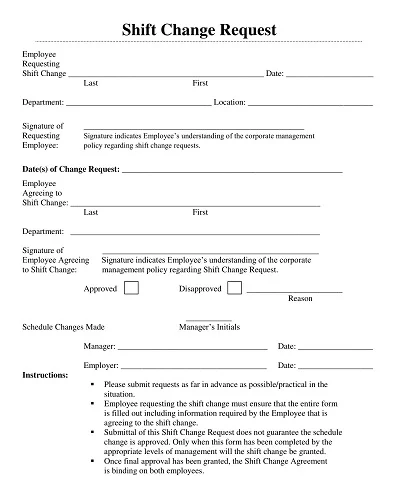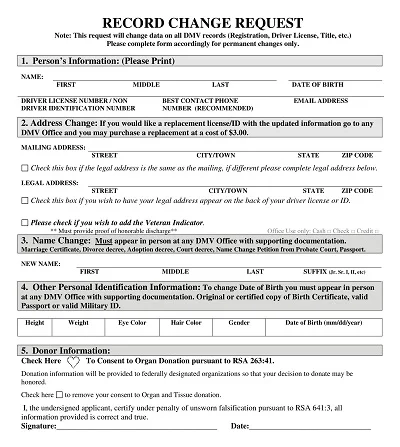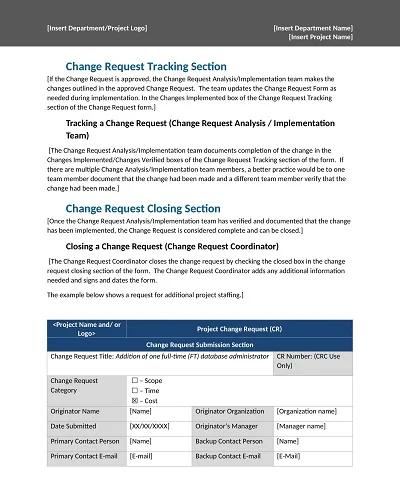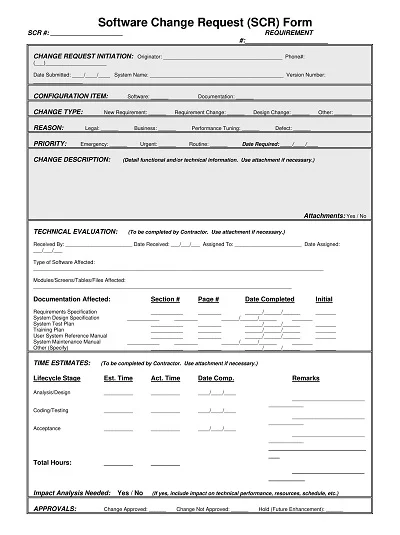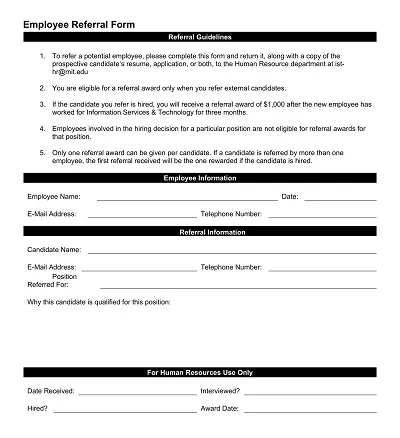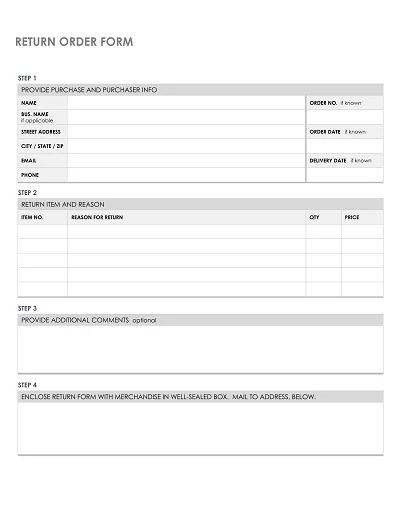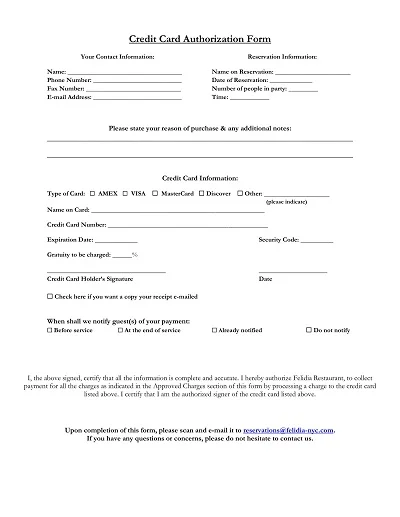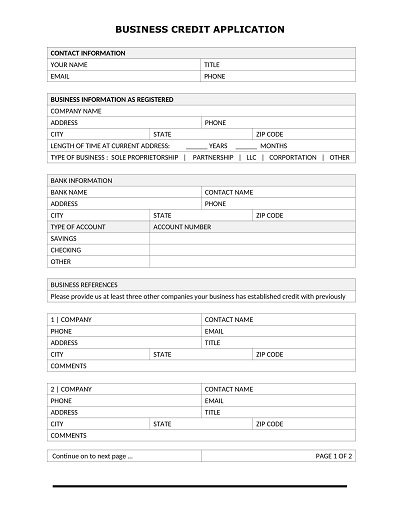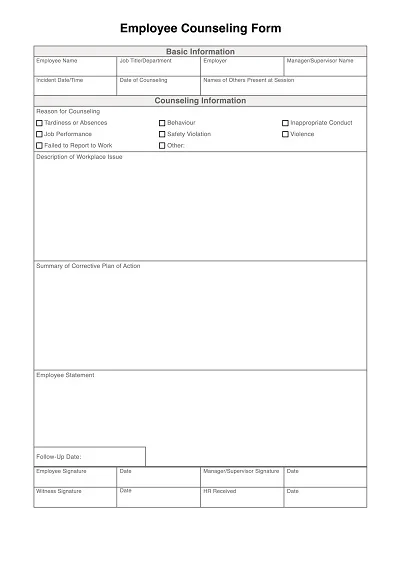A Change Request Form Template refers to a proposal that has been documented to change the process or deliverable of a project. This presents an elaboration on the change; why the change, consequences on scope, schedule, and budget.
In addition, it also serves as a medium through which stakeholder information and communication towards the making of decisions occurs. The use of the template, it makes easier to track the change requests and their progress throughout the implementation process. It requires the managerial review and permission, underlining its importance in the project governance.
Download Free Simple Change Request Form Templates
What is a Change Request Form?
A Change Request Form is a document completed to propose a change or an addition to a project or a system. It plays a pivotal role in the effective implementation of projects by enabling requesters to make formal change requests through a structured system that may encompass alterations to the project’s scope, time frame, resources, and more.
This form, in general, may contain details about the description of the change, why this change is necessary, what effects it can produce, and other resources needed to implement it. It is then subjected to another procedure to assess its credibility, practicability, and impact on the rest of the project objectives.
Types of Change Request Form
Here are some of the types of Change Request Forms:
1. Minor Change Request
They include small alterations that require minimal changes when it comes to the size, cost, and time that will be allocated to the project. This may comprise changes in the appearance of the page, minor changes to the text, or changes in the code that are minor to affect the functioning.
2. Major Change Request
These belong to the category of requests that involve changes of very wide effects, altering the goals of a project, adding extra personnel, or lengthening the project duration. This could involve additional new features implemented, a major structural revamp, or extending the project boundaries.
3. Emergency Change Request
The emergency change request is Characterized by circumstances that arise when an organization needs to implement changes at the earliest convenience, for example, to attend to crucial bugs, security concerns, or legal compliance. These changes made here are applied with a sense of urgency in a bid to reduce risks or avert any loss or harm.
4. Standard Change Request
The other is the standard change request which merely generated for authorization and is low-risk, simple, and are pre-planned. Some examples may include waking up at 3 am due to a software update or performing routine maintenance at night.
Benefits of Implementing a Change Request Form
Implementing a change request form within an organization can bring significant advantages:
- Improved Communication: A form facilitates understanding of the proposed alterations by different members of the project because it is unlikely that the larger alteration is fully understood by all stakeholders. This clarity makes it easy to refer and to make decisions thereby improving communication processes.
- Better Prioritization: The change requests assisted and documented through a form provide the project manager with a better technique of differentiating between the change requests based on the level of the change request on a priority scale, work to address the objectives of the project and the resources available for the specific change requests.
- Enhanced Tracking: Social media also allows for the capture of change in a structured manner, subsequently making it easy to monitor the status and history of every request due and ensure that none of them are overlooked.
- Increased Accountability: Recorded change requests ensure that close to everyone involved in a project approves, rejects, implements, or participates in the alteration or initiation processes; this makes the team responsible for their actions or inactions.
- Resource Management: Local knowledge of the change request details enables a more accurate evaluation of the amount of resources be it further budget or personnel time that is needed and they help manage these resources.
- Risk Mitigation: Due to details implementation, it means that potential problems related to the changes can be predicted on time, and proper solutions can be provided.
- Measurement of Impact: The assessment of completed change requests can be so useful to gauge their effects on the project and foster positive changes in its processes.
Components of a Change Request Form
Here are some of the components of a Change Request Form:
Identification Details
- Request ID: Another feature of the described program is that each change request should be identified by a specific ID, which will allow monitoring of its path during the change management process.
- Request Date: The date the change request is made should also be captured to assist when prioritizing the change as well as when to schedule for the change.
- Requested By: The change agent, the person, or any group who is likely to request the change is supposed to be identified with the next course of action after the change has been agreed upon.
Change Details
- Description of Change: What is in question here is a thorough explanation of the change and what is to be changed alongside the causes for change in question.
- Change Justification: Some reasons for changing: An explanation stating why the change is going to happen and whether there is anything good or bad that comes with it.
- Impact Analysis: The opportunity gaps and their consequences such as positive impacts and key benefits to be obtained or consequences in current systems or processes that may be impacted or affected by the change.
Technical Considerations
- Technical Details: Precise technical details that price the change or any factors, code or configurations, or architectural diagrams.
- Resources Required: The details of how the change would be accomplished in terms of human resources, supporting equipment, and cost estimate.
Approval and Implementation
- Priority: It is necessary to identify the level of the change request by considering the amount of time that will be required to implement the change as well as the impact that the change will have on the organization’s operations and goals.
- Approval Status: Record of the change request approval, an indication of an approver or those who rejected the change request, or those who are in charge of approving change requests.
- Implementation Plan: A clear strategy of how the change will be affected when it will be affected, whether it will be effected in phases or stages, and how the change will be tested.
- Rollback Plan: A rollback strategy outlining actions to be followed in case the implementation process is unsuccessful or there are difficulties, leading to adverse effects.
How to Create a Change Request Form Template
Here are the steps that will help in preparing an ideal Change Request Form Template; Begin by opening a new document in the preferred text editor. Start with an identification of the Form name such as the Change Request Form at the top part.
Below the title, include fields for:
- Project Name: [Text Field]
- Change Request Number: [Text/Field Label]
- Date of Request: [Confusing Widget]
- Submitted By: I have provided a Text Field for the data label ‘Submitter’s Name. ’
- Department: [Open Choice or Text Box]
The next section should detail the change being requested:
- Detailed Description of the Change: [Describe what is in the given space below]
- Reason for the Change: [Annotation area for description]
- Impact Analysis: [Text Area]
Conclude with fields related to the approval process:
- Approved by: Approver – [Text Field for Approver’s name]
- Date of Approval: employee self-service [ESS], payroll, customer relationship management [CRM], records management, data analysis, recruitment, and more.
- Status of Change Request: [Dropdown Menu with Options such as ‘Pending’, ‘Approved’, and ‘Rejected’. ]
Always ensure you leave room for comments as well as the signature line at the bottom. It is useful to save this document to use it in the future when working with a similar template.

